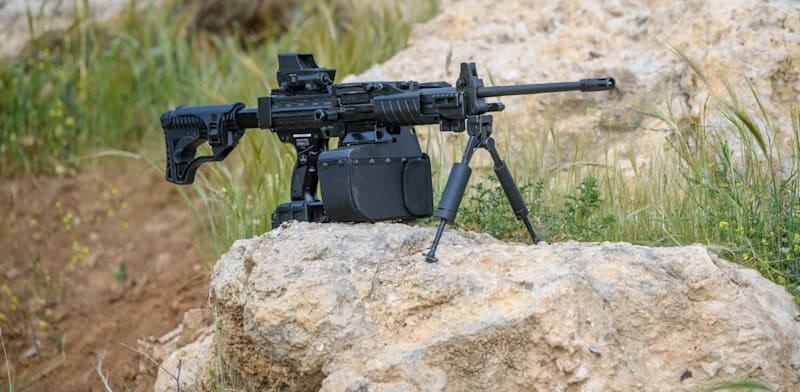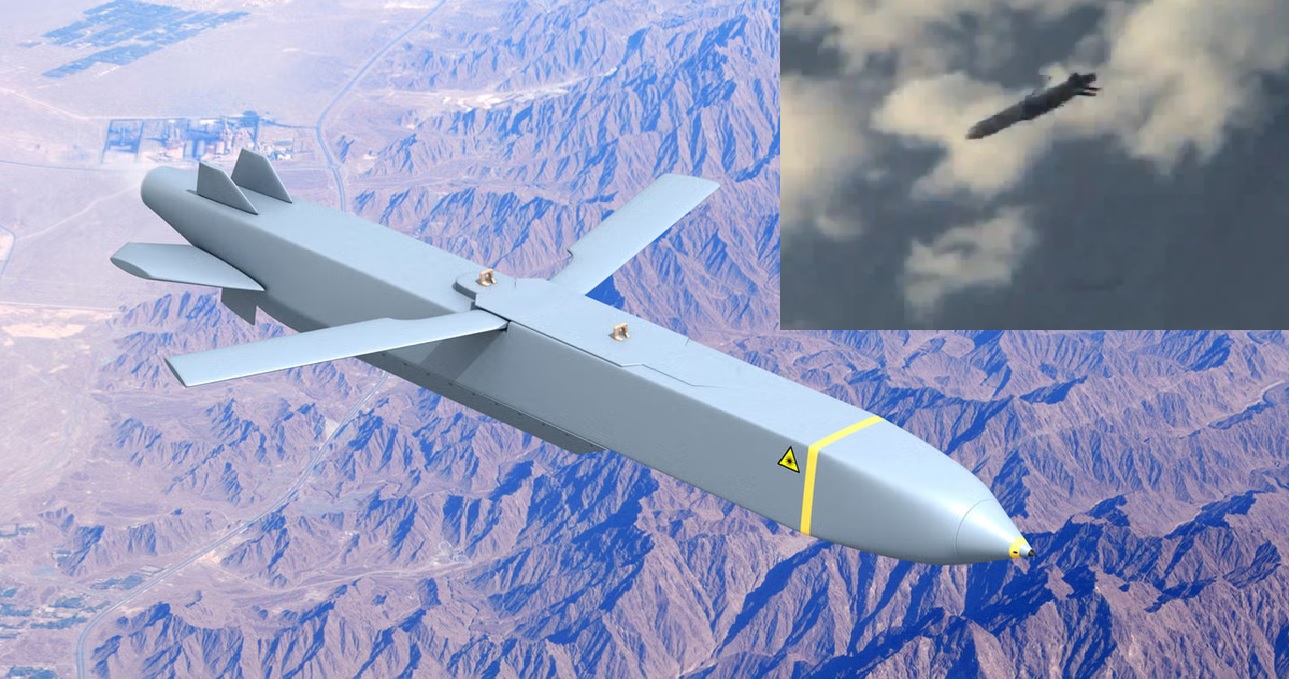British Military Aircraft to be Equipped with Laser Defense System After 100% Successful Trials

In a major leap forward for airborne defense, the British Ministry of Defence (MoD) recently announced that Royal Air Force (RAF) pilots are one step closer to flying with a revolutionary laser self-defense system. This breakthrough technology, developed through a collaborative effort between the MoD and industry partners, successfully completed live-fire trials at Sweden's Vidsel Test Range, according to an official statement released on October 20, 2024. The trials demonstrated the system's ability to neutralize multiple infrared-guided missile threats simultaneously, marking a significant advance in the RAF’s defense capabilities.
At the heart of this development is a cutting-edge Directed Infrared Countermeasure (DIRCM) system designed to protect various British military aircraft from heat-seeking missile attacks. The system, a result of the Team Pellonia partnership—which includes Leonardo UK, Thales UK, and the Defence Science and Technology Laboratory (DSTL)—is engineered to rapidly detect and defeat incoming threats. The laser system will be installed on a range of RAF aircraft, including the Shadow R2, an intelligence-gathering aircraft, and the A400M, a large military transporter.
What sets this new defense system apart is its unparalleled speed and precision. In less time than it takes to read a single sentence, the technology can detect, track, and neutralize multiple missile threats at once. This speed is critical in modern warfare, where threats from infrared-guided missiles are increasingly sophisticated and harder to counter. The system's rapid response capability ensures the safety of both aircraft and crew, giving RAF pilots a crucial edge in hostile environments.
One of the standout features of the system is its dual components: Thales’s Elix-IR threat warning system and Leonardo’s Miysis DIRCM. The Elix-IR uses advanced sensors and algorithms to detect and identify heat-seeking missiles in real-time, filtering out background noise to focus solely on legitimate threats. Once a threat is confirmed, Miysis takes over, using a high-precision laser to "jam" the missile’s tracking system, causing it to lose its lock on the aircraft and veer off course. This sophisticated, UK-engineered solution not only ensures complete operational independence for the British military but also offers substantial export potential for allied countries.
The live-fire tests conducted at the Vidsel Test Range attracted significant international interest, with senior military officials from various NATO countries in attendance. The demonstration underscored the growing demand for advanced defensive systems capable of countering increasingly sophisticated missile threats. The presence of these officials hints at potential future collaborations, as the UK positions itself as a global leader in military aerospace technology.
The technology’s potential to safeguard aircraft in contested airspaces cannot be overstated. Whether deployed on fast jets, transport aircraft, or smaller intelligence-gathering planes, the system's versatility and efficacy make it a game-changer in modern military operations. By detecting missile threats early and neutralizing them before they can reach their target, this laser defense system offers unprecedented protection for British military aircraft operating in high-risk zones.
The Elix-IR and Miysis systems are designed to function in challenging operational environments. The Elix-IR, with its sophisticated filtering algorithms, minimizes the risk of false alarms, ensuring that only real threats are engaged. Once a missile is detected, Miysis' jamming laser disrupts the missile’s guidance system, effectively blinding it and preventing it from reaching the aircraft. This capability is particularly crucial as infrared-guided missiles continue to evolve, making traditional countermeasures less effective.
In terms of specifications, the Elix-IR is designed to detect missile launches from distances far enough to provide the aircraft crew with precious seconds to react. This early detection window is vital for allowing the Miysis system to engage multiple missile threats simultaneously. The Miysis DIRCM, on the other hand, is a lightweight, compact system that uses less power than older technologies, making it suitable for a wide variety of aircraft, from large transporters to nimble helicopters.
With its 100% success rate during live-fire trials, this laser-based system represents a major milestone in the UK's defense technology. It not only enhances the safety of RAF pilots but also strengthens the UK's position in the global defense industry. The system's success could lead to future export opportunities, benefiting both the UK’s economy and its international defense partnerships.
As threats to military aircraft become more advanced, the need for equally sophisticated defense systems is critical. This new laser defense technology, with its rapid response and precision targeting, marks a significant advancement in airborne defense, ensuring the RAF remains equipped to handle the challenges of modern warfare.
The integration of this system into a wider range of British aircraft will likely follow in the coming years, cementing the UK’s role as a key innovator in military defense technologies. The combination of British engineering and cutting-edge technology positions the RAF to face future threats with unparalleled confidence.


